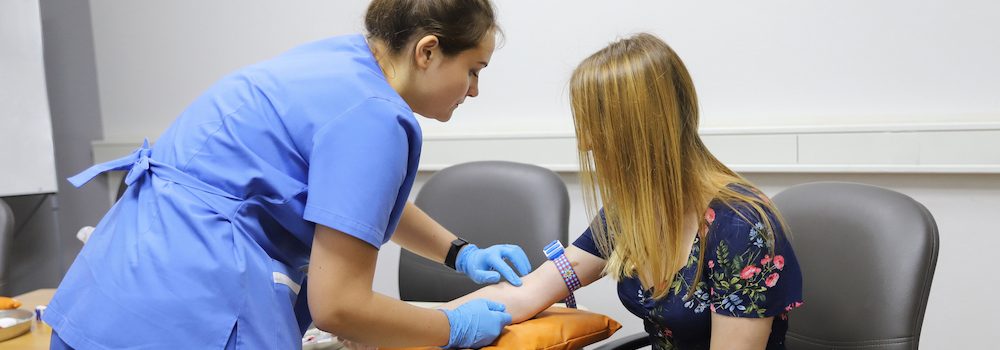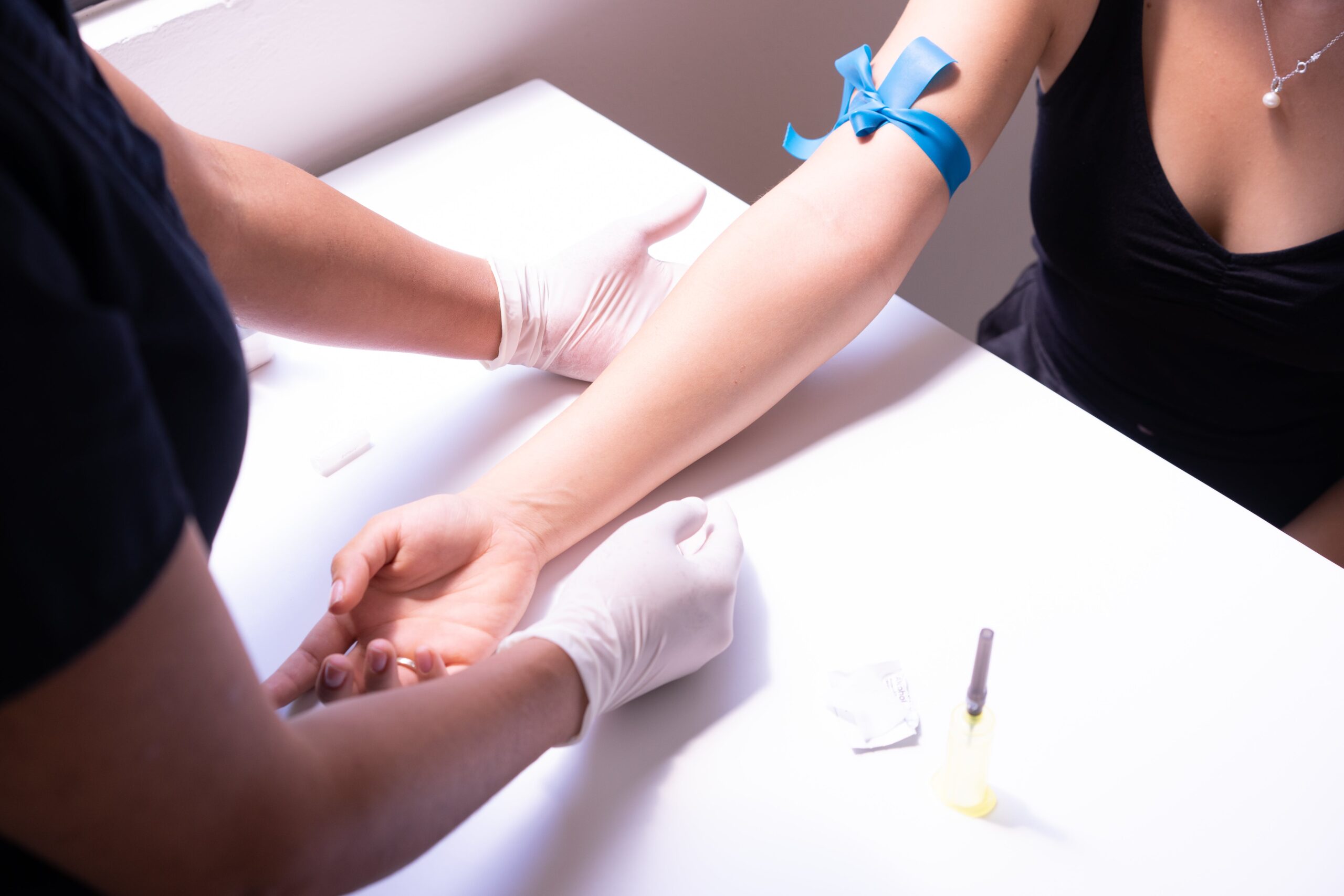Getting The Northeast Medical Institute - New Haven Campus Phlebotomy Course & Cna Class To Work
Getting The Northeast Medical Institute - New Haven Campus Phlebotomy Course & Cna Class To Work
Blog Article
What Does Northeast Medical Institute - New Haven Campus Phlebotomy Course & Cna Class Mean?
Table of ContentsThe smart Trick of Northeast Medical Institute - New Haven Campus Phlebotomy Course & Cna Class That Nobody is DiscussingMore About Northeast Medical Institute - New Haven Campus Phlebotomy Course & Cna ClassNot known Details About Northeast Medical Institute - New Haven Campus Phlebotomy Course & Cna Class 3 Simple Techniques For Northeast Medical Institute - New Haven Campus Phlebotomy Course & Cna ClassThe Facts About Northeast Medical Institute - New Haven Campus Phlebotomy Course & Cna Class UncoveredAn Unbiased View of Northeast Medical Institute - New Haven Campus Phlebotomy Course & Cna Class
The usage of such gadgets must be come with by various other infection avoidance and control techniques, and training in their use.For settings with low resources, cost is a motoring factor in procurement of safety-engineered tools - PCT Classes. Where safety-engineered gadgets are not readily available, skilled use a needle and syringe is appropriate. Unexpected exposure and particular information regarding a case need to be recorded in a register. Support solutions should be promoted for those who undergo unintentional direct exposure.
One of the necessary pens of top quality of treatment in phlebotomy is the involvement and participation of the client; this is mutually beneficial to both the health and wellness worker and the client. Clear details either written or spoken should be offered to each client who undergoes phlebotomy. Annex F provides example message for explaining the blood-sampling procedure to an individual. In the blood-sampling area for an outpatient division or clinic, offer a comfy reclining couch with an arm remainder.
Facts About Northeast Medical Institute - New Haven Campus Phlebotomy Course & Cna Class Uncovered
Guarantee that the signs for blood tasting are clearly specified, either in a composed procedure or in documented guidelines (e.g. in a research laboratory form). In any way times, adhere to the approaches for infection prevention and control detailed in Table 2.2. Infection prevention and control practices. Collect all the equipment required for the treatment and location it within secure and simple reach on a tray or cart, guaranteeing that all the items are plainly noticeable.
Present yourself to the individual, and ask the individual to specify their complete name. Check that the research laboratory kind matches the client's identity (i.e. match the individual's details with the lab form, to make certain precise identification).
Make the person comfortable in a supine position (when possible). Area a clean paper or towel under the patient's arm. Discuss the examination to be performed (see Annex F) and obtain verbal consent. The patient has a right to refuse a test any time before the blood sampling, so it is essential to guarantee that the client has actually recognized the treatment.
How Northeast Medical Institute - New Haven Campus Phlebotomy Course & Cna Class can Save You Time, Stress, and Money.
Extend the individual's arm and inspect the antecubital fossa or forearm. Locate a vein of you can try these out a good size that is visible, straight and clear.
DO NOT put the needle where veins are diverting, due to the fact that this enhances the possibility of a haematoma. Situating the capillary will certainly assist in establishing the appropriate size of needle.
Haemolysis, contamination and visibility of intravenous liquid and medication can all alter the results (39. Nursing team and physicians might access main venous lines for samplings complying with procedures. However, samplings from central lines lug a threat of contamination or erroneous laboratory examination results (https://northeastmed.blog.ss-blog.jp/2024-06-29?1719647626). It serves, but not optimal, to injure samplings when initial presenting an in-dwelling venous device, prior to linking the cannula to the intravenous liquids.
Little Known Facts About Northeast Medical Institute - New Haven Campus Phlebotomy Course & Cna Class.
Enable the location to completely dry. Failing to enable enough contact time raises the danger of contamination. DO NOT touch the cleaned site; specifically, DO NOT put a finger over the blood vessel to lead the shaft of the subjected needle. It the site is touched, repeat the disinfection. Execute venepuncture as follows.
Ask the patient to form a clenched fist so the capillaries are more famous. Go into the capillary promptly at a 30 level angle or much less, and remain to present the needle along the capillary at the simplest angle of entrance - CNA Courses. As soon as sufficient blood has been accumulated, release the tourniquet BEFORE withdrawing the needle
The Best Guide To Northeast Medical Institute - New Haven Campus Phlebotomy Course & Cna Class
Withdraw the needle gently and apply gentle pressure to the website with a clean gauze or dry cotton-wool sphere. Ask the client to hold the gauze or cotton woollen in area, with the arm prolonged and increased. Ask the person NOT to flex the arm, due to the fact that doing so triggers a haematoma.

See This Report about Northeast Medical Institute - New Haven Campus Phlebotomy Course & Cna Class
Do not push the syringe bettor due to the fact that additional pressure increases the danger of haemolysis. Where feasible, maintain the tubes in a rack and move the rack towards you. Inject downwards right into the suitable coloured stopper. DO NOT eliminate the stopper since it will certainly launch the vacuum. If the example tube does not have a rubber stopper, inject exceptionally gradually into the tube as minimizing the stress and velocity made use of to move the sampling lowers the threat of haemolysis.

Report this page